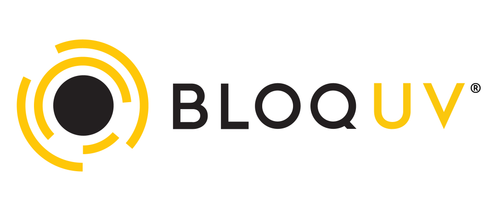Are you wondering what exactly sun rash is and what you can do to protect yourself? Learn how UV protective clothing can help.
Fall is here, but that doesn't mean that you can stop thinking about sun protection. In fact, you can experience the effects of sun damage all year round.
One type of sun damage that not many people know about is sun rash. It's different from sunburn or a heat rash, which means there are different ways to prevent and treat it.
In this guide, we're going to break down exactly what a sun rash is and how you can prevent it. We'll also talk about UV protective clothing and whether or not they can help. Let's get started.
What Is a Sun Rash and How Is It Caused?
Doctors believe that sun rashes are a result of having a genetic sun allergy called polymorphic light eruption. When you have this allergy, you can develop a sun rash when you are exposed to the sun. Most people experience their sun rash on the arms.
A sun allergy rash can appear as:
- Raised skin
- Redness
- Blisters
- Itchy skin
- Hives
Unfortunately, sun rashes can be extremely painful. It will usually show up a few hours after you are exposed to the sun, and you may also experience nausea and a fever.
Sun rashes are also more common than you might think. You may be more at risk for polymorphic light eruption if you have light skin, a family history of the allergy, or if you're a woman.
Another common cause of sun rashes is medication. Certain antibiotics make you more susceptible to getting a sun rash, especially medication that is commonly used to treat acne.
You can experience a mild or severe sun rash, which determines how bad your symptoms and pain will be. However, even if you only get mild sun rashes, it can still damage your skin. It's important to protect yourself from any type of sun rash.
What's the Difference Between a Sun Rash and Sunburn?
Even though both sunburns and sun rashes occur due to sun exposure, not everyone who gets easily sunburned will get a sun rash.
A sunburn is a direct result of your skin taking in too much UV radiation, whereas a sun rash is your body's response to sun exposure. When you have a sun allergy, your body tries to fight sun exposure by producing a rash.
A sun rash does not mean your skin has been damaged by UV rays, so it does not have the same link to skin damage or the risk of skin cancer as sunburns do. However, frequent sun rashes are still not good for you or your skin, and you should still be cautious with sun exposure.
What's the Difference Between a Sun Rash and a Heat Rash
Some people are more prone to developing heat rashes instead of sun rashes. While both rash types look similar, they have different root causes. A sun rash is caused by sun exposure, whereas a heat rash is caused by hot or humid weather.
Heat rashes often develop in areas where the skin is covered, like the chest or armpits. You do not need to be in direct sunlight to develop a heat rash, you just need to be in weather warm enough to irritate your skin.
A sun rash, on the other hand, is determined completely by sun exposure.
Sun Rash Treatment Options
It's hard to avoid the sun completely. You want to lounge by the pool or go for a hike, and you should be able to without worrying about developing a rash.
If you do get a rash from too much sun exposure, it will go away in around 10 days. You can also try an anti-itch cream or aloe vera ointment if the rash is bothering you. A cool bath will also help remove some of the sting.
Make sure you keep any blisters clean to prevent an infection. If you experience a high fever, you should call your doctor or seek urgent care.
Prevent Sun Rashes With UV Protective Clothing
The best way to deal with a sun rash is to prevent it from occurring in the first place. That way you can skip the pain, ointments, and redness.
The good news is that you can prevent a sun rash with the same methods you're already using to prevent sun burns. Apply sunscreen before you are exposed to the sun, and reapply if you plan to be in the sun for long periods of time.
If you are lounging by the pool, try to find a shady spot to lay instead of laying out in direct sunlight, and wear a wide-brimmed hat.
Wearing UV protective clothing is an extremely effective way to prevent sun rashes. They can also prevent sun burns, and if you wear loose clothing, you can avoid heat rashes too.
UV protective clothing works by blocking ultraviolet light rays. Traditional clothing doesn't block sun exposure because the fabric is weaved too loosely. UV protective closing uses a tighter weave that gives it a 50 UPF score, which stands for ultraviolet factor.
With BloqUV protective clothing, you can shop by activity to get the most protection possible. Whether you are hitting the beach or playing a round of tennis, you can enjoy the great outdoors without worrying about getting a sun rash.
Protect Yourself From Getting a Sun Rash Today
Now that you know the cause of sun rashes and how they differ from sunburns and heat rashes, you can take the right steps to protect yourself. If you aren't sure whether or not you have a sun allergy, we recommend exploring your family history to see if they are common.
Whether you are worried about getting a sun rash or sunburn, it's crucial that you protect yourself from UV rays. Check out our UV protective clothing options today.

